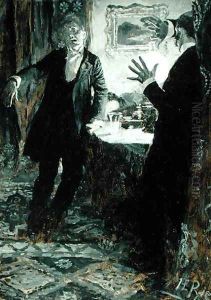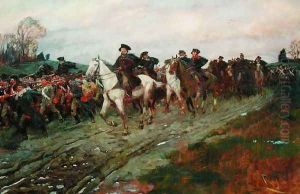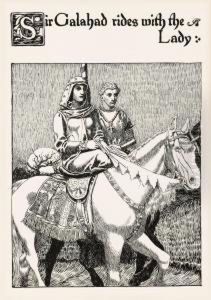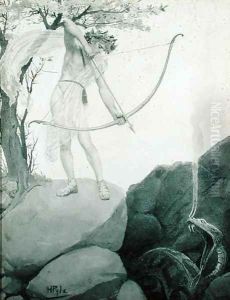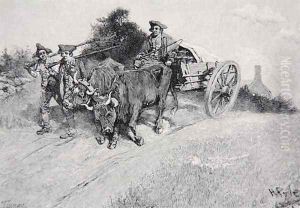





Nero AD 37-68 holding a golden lute with Rome in flames, from Quo Vadis by Henryk Sienkiewicz, published 1897
-
About Reproduction
Discover the allure of art with our faithful reproduction of "Nero AD 37-68 holding a golden lute with Rome in flames, from Quo Vadis by Henryk Sienkiewicz, published 1897", originally brought to life by the talented Howard Pyle. Unlike posters or prints, our hand-painted oil painting breathes an unique sense of depth and texture into your space. Every detail, every stroke, and every texture is meticulously recreated, paying the perfect homage to Howard Pyle and his artistic vision.
Owning this piece is more than just decoration - it's a statement of your refined taste in art. Let the vibrant colors and intricate details of this replica serve as a daily reminder of the beauty in our world. Elevate your decor and appreciate the richness of art with our replica of this masterpiece.
-
Painting Description
"Nero AD 37-68 holding a golden lute with Rome in flames" is an illustration by Howard Pyle, an American illustrator and author, created for the 1897 edition of Henryk Sienkiewicz's historical novel "Quo Vadis." The image is a visual representation of the infamous Roman Emperor Nero, who reigned from 54 to 68 AD, and is often associated with tyranny, extravagance, and the Great Fire of Rome. In the illustration, Pyle depicts Nero with a golden lute, an instrument symbolically linked to the emperor's purported artistic pretensions and the legend that he played music while Rome burned in 64 AD.
The novel "Quo Vadis," originally published in Polish in 1895-96, is a work of historical fiction that portrays the conflict between Christianity and the corruption of the Roman Empire. Sienkiewicz's narrative is set in the time of Nero and intertwines the lives of its characters with actual historical events and figures, including the Great Fire of Rome and the persecution of Christians. Howard Pyle's illustration captures a moment that, while not historically substantiated, has become emblematic of Nero's reign and the decadence of the Roman elite.
Pyle's artwork for "Quo Vadis" is part of his broader body of work that contributed to the Golden Age of Illustration in the United States. His illustrations are known for their vivid characterizations and historical detail, which brought to life the stories they accompanied. As an illustrator, Pyle had a significant influence on the development of American illustration, both through his own work and his role as a teacher to the next generation of illustrators.
The image of Nero with his lute amidst the flames of Rome has been ingrained in popular culture and continues to be a powerful visual motif that represents the intersection of political power, personal decadence, and the suffering of the populace. Pyle's illustration for "Quo Vadis" not only serves as a key visual element for Sienkiewicz's novel but also stands as an enduring representation of Nero's controversial legacy in Western art and literature.
-
Lead Time & Shipping
When you order this oil painting replica, it typically takes 2-3 weeks to paint. If the artwork is more complex, it might need a little more time to ensure the best quality. Once it's ready, we'll send you a photo for your approval. After you give the green light, we'll ship it to you for free.
-
Return & Refund
We believe in the quality of our hand-painted oil painting reproductions, and your satisfaction is our priority. If for any reason, you are not completely satisfied with your purchase, we offer a 45-day return policy. You can return your artwork within 45 days of receipt and receive a full refund. Please note that the artwork must be returned in the original packaging and in the same condition as it was received.






